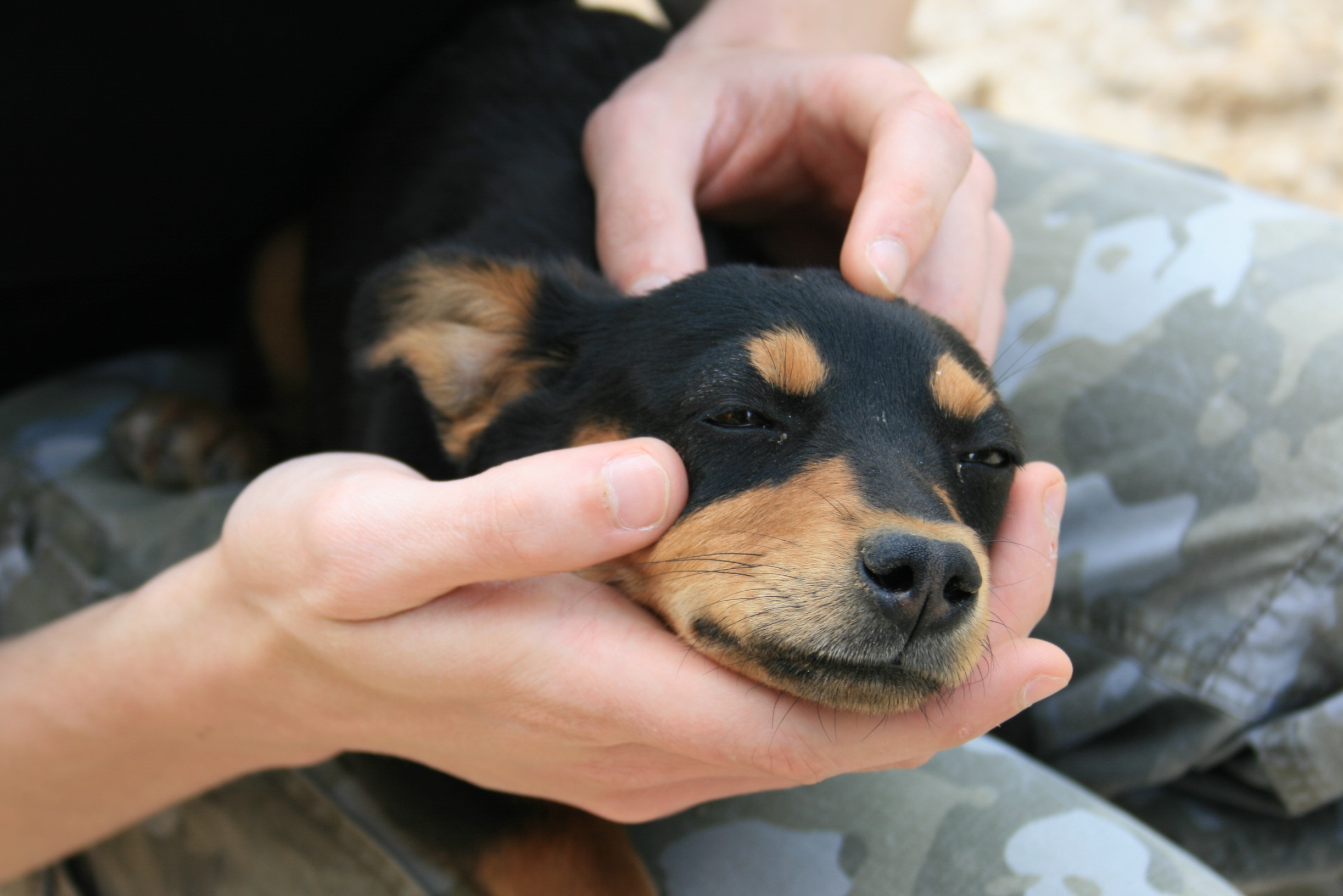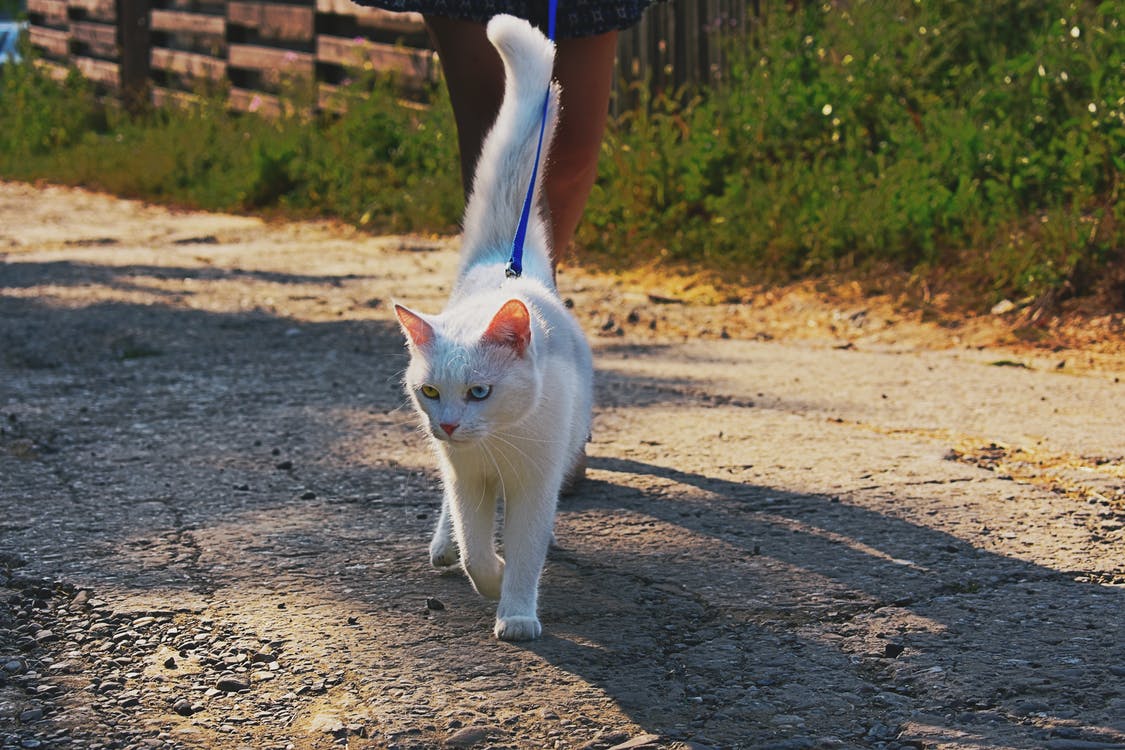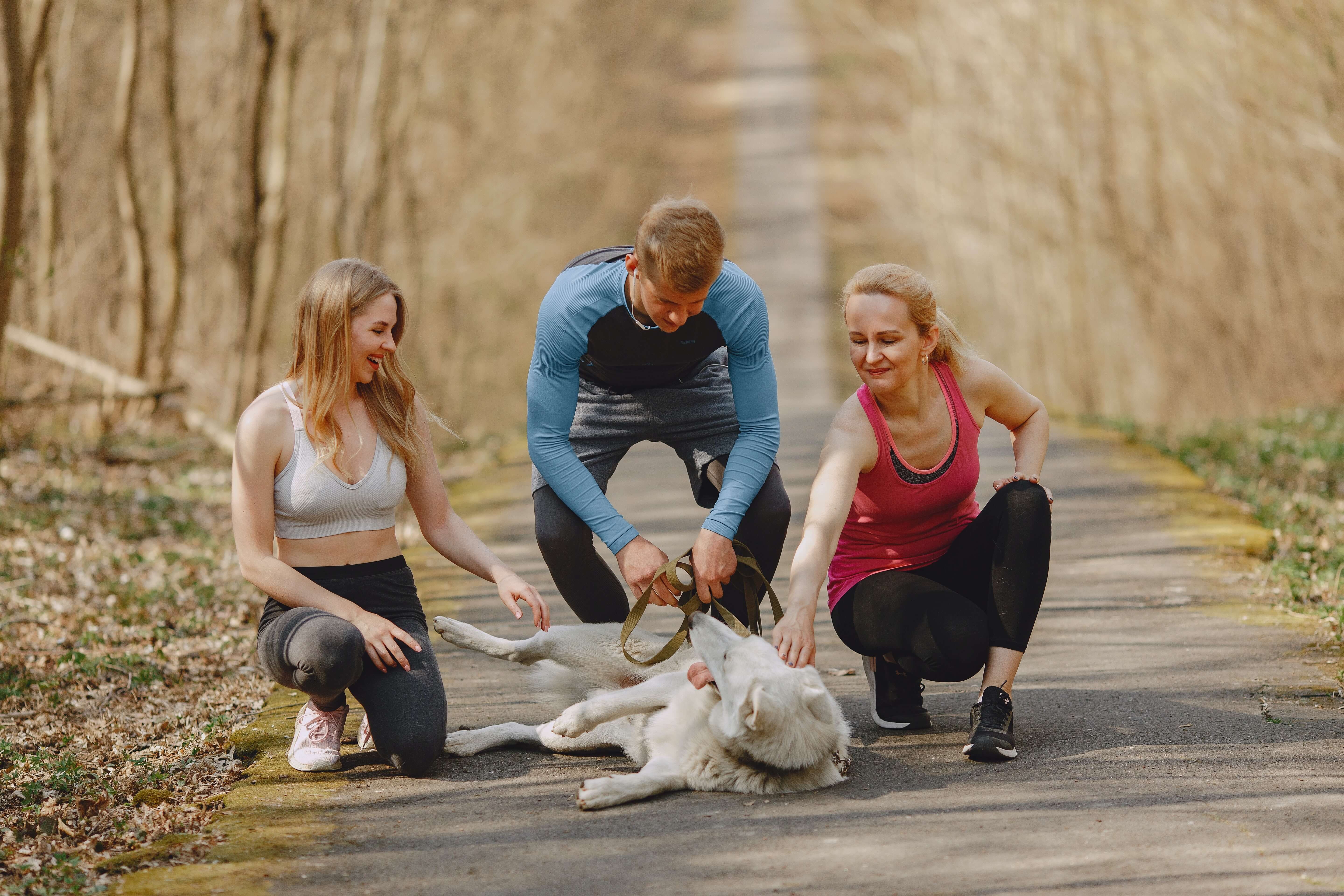
Dogs are playful, lovely creatures who make our life more fulfilling and make us feel safe and loved. Dogs, especially service dogs, can help is in different ways both physical and emotional. When it comes to working animals we need to keep in mind that these dogs are not just medical equipment, although they are trained to perform specific tasks, directly related to the individual’s disability, but also living beings. Same as humans, dogs/service dogs need playtime and quality time to rest and relax. Some of the tasks that service animals need to perform, can be really demanding i.e. when they are trained to pull a wheelchair, guide a person with visual or mobile impairments, or when they work as balance dogs. Since these tasks require the dog to be physically strong and in a good shape, handlers need to provide proper care and ensure that their dogs recover properly.
Visiting a massage studio is a favorite activity for many people. You may be unaware of this fact, but dogs also enjoy being massaged and same as us humans they also want the massage to be conducted properly. If you have a dog/service dog and want him/her to have a quality relax time, you may want to give him/her a massage.
In this article, we will let you know why massage is beneficial for your dog and how to massage him/her properly.
What Are the Benefits of Massage?
Massage Can Be a Really Good Healing Tool
If your dog feels pain or is swelling due to an injure, giving him/her a massage can reduce the pain and heal the sprain quicker. Smaller breeds have more fragile bone structures and may hurt easier even during regular walks. You may have noticed a representative of the Yorkshire Terrier, the Chihuahua, or the Miniature Pinscher, limping during or after a walk. Giving a slight massage on your dog’s legs or body after a long walk can help him/her recover faster.
Same as Us Humans, Dogs May Get Stressed or Develop Anxiety
The cause of these conditions may be different: your dog may suffer from separation anxiety, you may have moved to a new home and the change in the surroundings may have a negative impact on your dog, your canine may be afraid of loud noises like fireworks, or he/she may not like a certain place or person you have visited….etc. You always need to pay attention to your dog’s body language and take action in a timely manner to reduce stress and anxiety. Massage can be a very good solution in such situations. The effect of the massage will increase if you add essential oils to your techniques. Also, you can try to wrap your canine in your old T-Shirt or a warm blanket for better results.
Strengthening the Immune System and the Body Functions
Massage can be used as a tool for strengthening the immune system in general even if your canine does not show any signs of discomfort and pain. Massage will lead to an increase in circulation and an improvement of the flow in the lymphatic system. Moreover, it will strengthen the liver and the kidney and will stimulate the whole immune system. The blood pressure will decrease, and your dog will feel relaxed and calm.
Strengthening Your Bond
When you massage your dog your bond will strengthen and the feeling of comfort and safety will increase. Your dog will know that he/she can trust you, that you take care of his/her well-being, and will feel even more comfortable around you. Creating a strong bond is essential when it comes to service animals. To be able to feel their owner’s emotions and behavioral changes, service animals need both proper training and a strong bond with their owner.
After receiving a massage your furry friend will feel calm, refreshed, and empowered for more games and exercises.
Massage has another benefit, that is extremely important. You will be able to monitor your dog’s reactions during the massage and track any changes in them. These changes may be caused by an injury that you may have missed during the walk or afterward. Moreover, direct contact with your dog’s body will let you know if there is a swelling, a wound, or a stuck object (or an insect) that needs to be removed.
You have learned the benefits of a massage to your dog’s physical and emotional state, but do you know how to massage your canine properly? We will let you know the steps you need to take when massaging your fluffy friend.
How to Massage Your Dog Properly
First, your dog needs to be calm and relaxed. Massaging your dog while he/she is in a state of anxiety, stress or fear may have the opposite effect. You may want to go for a walk to ensure that your canine is relaxed and prepared for the massage.
You need to be calm as well. Since dogs can sense their owners’ emotions and recognize the change in the behavior, you need to ensure that you are in a calm state of mind before you start massaging your dog.
Find a quiet place in your home that will be most suitable for giving a massage. You can put your canine’s favorite toys around him/her and remove all distractions- turn off the TV, remove the food bowl...etc.
You can start petting your dog affectionately. Furthermore, you may talk to him/her gently and softly.
Now you can start with the so-called effleurage stroke. If you are not familiar with the meaning of “effleurage”- this term describes the process of "touching lightly on", and features series of massage strokes to warm up the muscles. This term involves smooth strokes of the skin with hands. With flat palms, you can start stroking your dog’s head and moving slowly to the neck and the shoulders. Remember to be very affectionate and to move your palms in long straight lines. This may feel like a regular petting and will help muscles warm up. However, you need to be careful and monitor your dog’s body reactions in case that he/she feels uncomfortable or any swelling occurs.
It is recommended that you do not press straight down on the spine, joints or bones. You need to focus on the muscles. You also may want to avoid certain areas that your dog does not like to be massaged on.
Then you can increase the pressure slightly and using circular motions to go to the chest, the back, and the legs. Massage the back of your canine applying circular motions on both sides of the spine, but not directly on it.
Some dogs may not like having their belly or legs massaged, so you need to respect your canine’s wishes and make him/her feel comfortable. You can try with the paws instead. However, you need to be very careful with the pads of your canine, as you can trigger an automatic “kick” instinct and get hurt.
If you pay more attention to the tail base area as well as to the back of the neck area, you may bring your canine in a calmer state of mind and help him/her relax even more.
What You Need to Consider During the Massage
If your dog starts whining or if he/she looks scared, stop the massage immediately. Otherwise, you risk creating a negative attitude towards massaging in your dog. You want to make sure that your furry friend feels physically and emotionally comfortable.
Do not forget to keep at least one of your hands on your dog’s body during the massage as a reassuring sign that the massage will continue.
If you feel confident in your massage skills, you can try using massage tools as well. There are tools on the market, specially designed for dog massage.
What to Do / Not to Do After the Massage
If/when your canine falls asleep, do not wake him/her up. Let your dog take a nap if he/she wants to.
After he/she wakes up, you can give your pup some water to drink and take him/her outside for a potty break.
You also can reward your fluffy friend for his/her calmness and trust in you.













